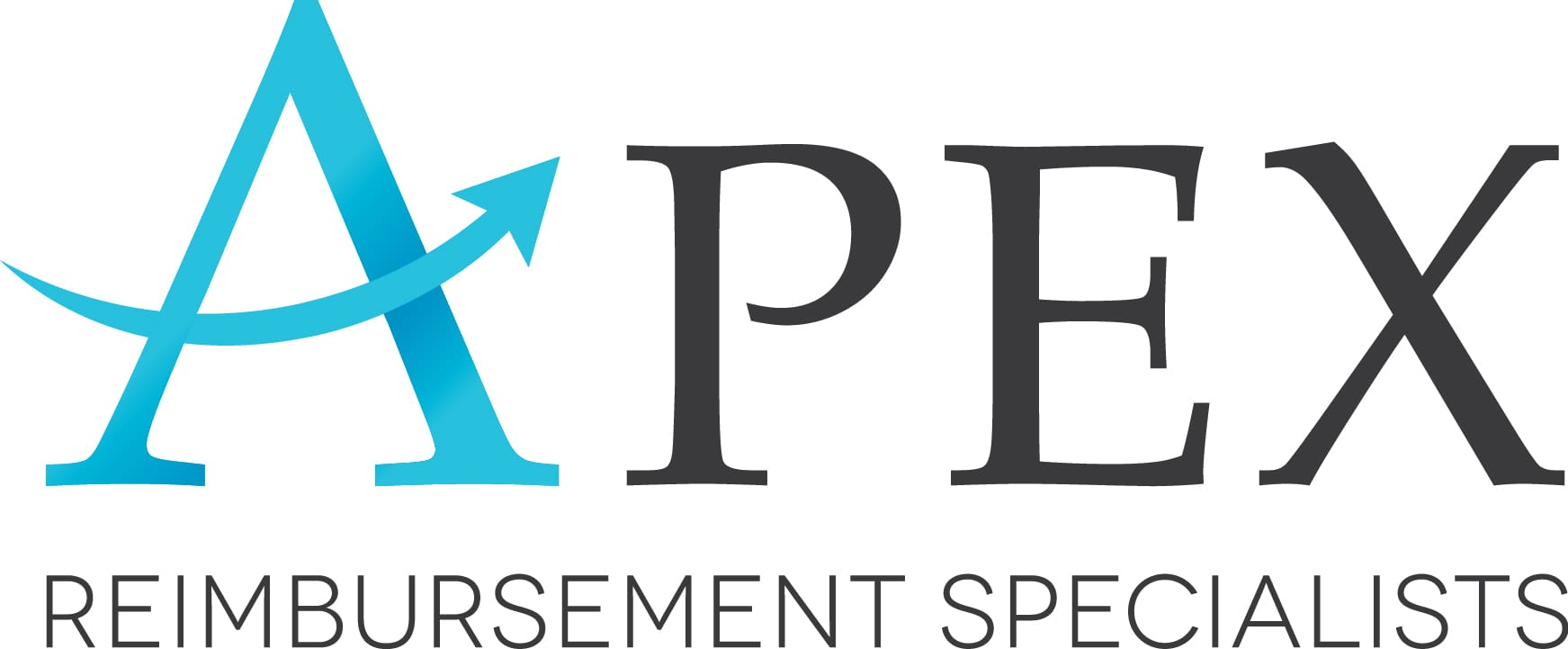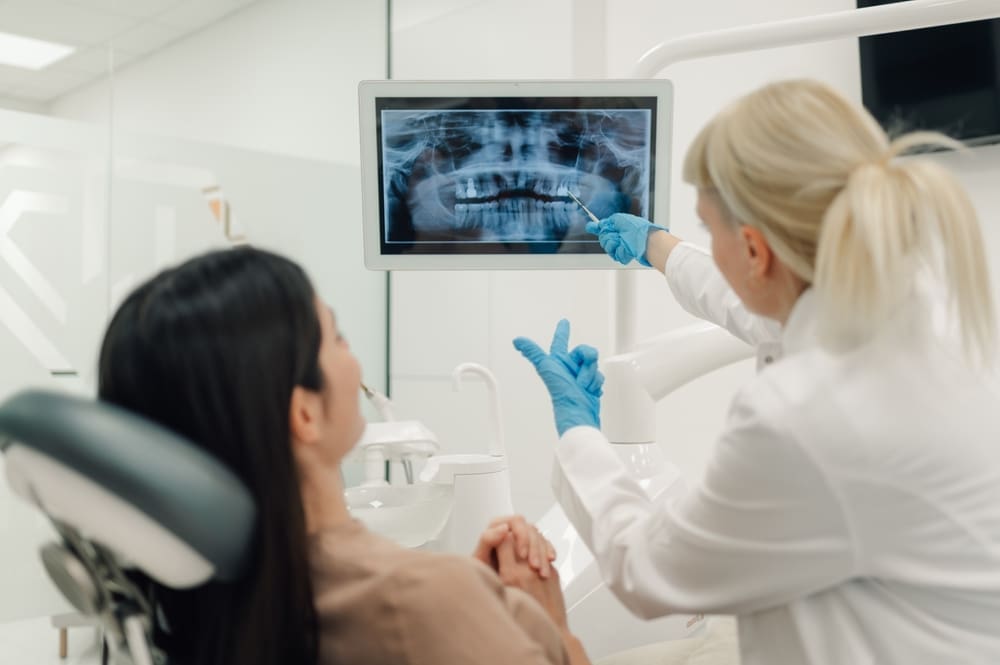Submitting dental insurance claims can be a tedious process, but doing things right the first time can make all the difference in getting reimbursed quickly and efficiently. One of the most common reasons claims are delayed or denied is missing or incomplete documentation. If your dental practice wants to improve claim approval rates and minimize payment delays, being proactive about documentation is essential. In this blog, we’re exploring the most common attachments required for dental insurance claims and why they matter.
Why Are Attachments So Important?
Dental insurance carriers don’t just want to know what procedures were done; they want to know why. Attachments help show why treatment was necessary and ensure the claim meets the payer’s documentation requirements. The common attachments required for dental insurance claims give the insurer a reason to approve the claim. Without the right attachments, your claims could be denied, returned for more information, or delayed, which impacts both your revenue cycle and patient satisfaction.
X-Rays
X-rays are some of the most common attachments required for dental insurance claims. Insurers often request them to verify the presence of decay, bone loss, or tooth fractures that justify certain procedures. For example, when submitting claims for root canals, extractions, or crowns, including diagnostic X-rays can provide clear clinical evidence. Bitewing, periapical, and panoramic radiographs are all commonly required, depending on the procedure and payer guidelines. Make sure your X-rays are high-quality and properly labeled with the patient’s name and date of service.
Intraoral Photographs
Intraoral images are another valuable attachment, especially for cosmetic or restorative procedures. They can help document cracked teeth, old restorations, or lesions. These images are part of the common attachments required for dental insurance claims for procedures like veneers, anterior crowns, or some periodontal treatments. Not all insurers require them, but providing them proactively can reduce the chance of a denial or request for additional information.
Chart Notes and Clinical Narratives
A detailed narrative explaining the medical necessity of the procedure is one of the most important common attachments required for dental insurance claims. These notes should explain why the procedure was necessary, what symptoms the patient had, and any previous treatments that were attempted. Generic notes like “tooth broken” or “patient in pain” won’t suffice. Specificity matters. For example, if you’re placing a crown, explain the extent of the damage, what restoration options were considered, and why the crown was chosen.
Periodontal Charting
For any periodontal-related treatments, like scaling and root planing or periodontal surgery, many payers require a full periodontal chart as part of the submission. This is a standard among the common attachments required for dental insurance claims when gum disease treatment is involved. Make sure the chart includes pocket depths, bleeding points, recession, and mobility, and that it is dated and signed appropriately.
Grow Your Practice with APEX Reimbursement Specialists
By training your team to understand what documents are needed and why, you’ll improve your claim success rate and reduce frustration for everyone involved. APEX Reimbursement Specialists is here to help. Contact our team today by calling (410) 710-6005. We look forward to working with you to make your practice a more profitable place.

